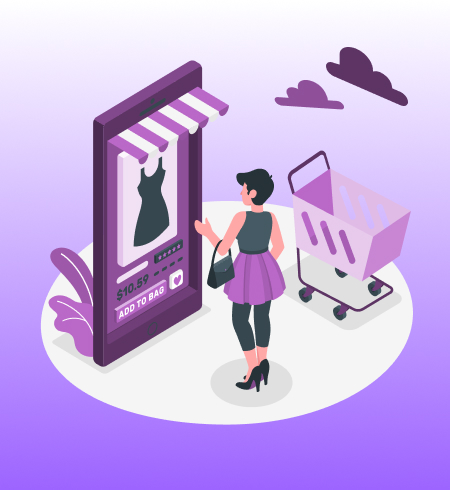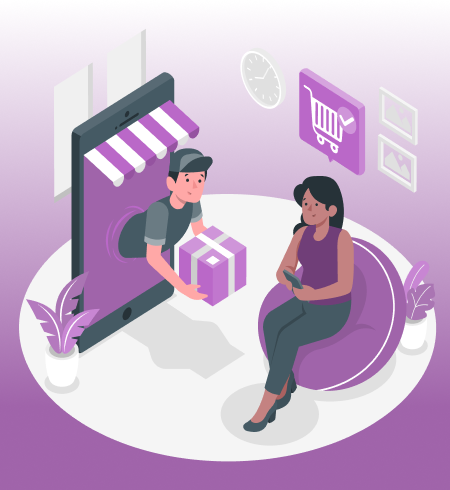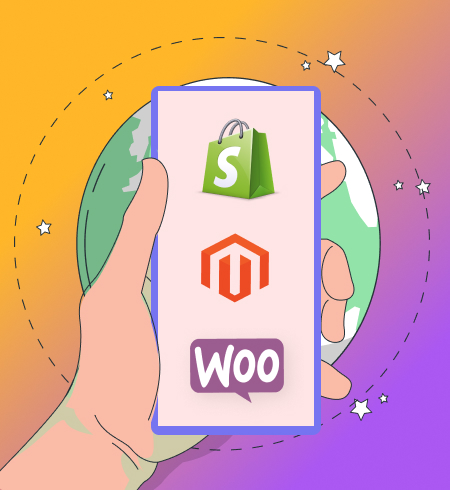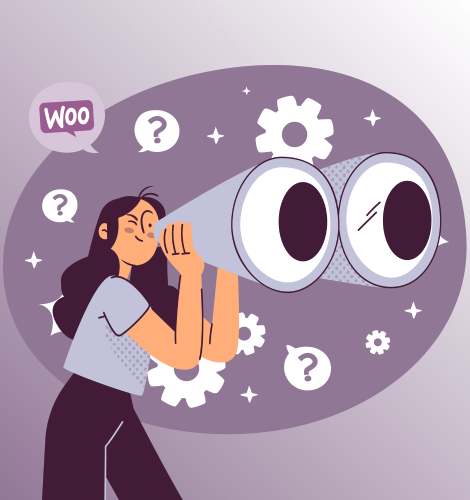Table of Contents

When big sales or events bring lots of visitors to your online store, it’s important to make sure your site can manage the extra traffic. If your WooCommerce store isn’t prepared, it might become slow or even crash. To avoid this, here’s a simple guide to help you get ready.
1. Use a Good Hosting Service
The hosting platform plays a big role in how your website performs during busy times.
– Upgrade Your Hosting Plan: If you’re using shared hosting, think about switching to VPS (Virtual Private Server), dedicated hosting, or managed WooCommerce hosting. These options are more expensive but can handle more visitors.
– Use a CDN (Content Delivery Network): A CDN, like Cloudflare or AWS CloudFront, stores copies of your website on servers worldwide. This helps your site load faster for visitors, no matter where they are.
2. Make Your Website Faster
If your website is slow, customers may leave before even browsing your products. Here’s how to speed it up:
– Turn On Caching: Caching saves parts of your website so they don’t have to reload every time. Plugins like WP Rocket or W3 Total Cache can make this easy.
– Compress Images: Large image files slow down your site. Use tools like Smush or Imagify to shrink images without losing quality.
– Minify Code: Always Clean up your CSS, JavaScript, and HTML using Autoptimize tools. It will reduce the load time of a website.
3. Clean Up Your Database
Your website’s database stores important information, but over time, it can become messy.
– Clean Your Database: Use plugins like WP-Optimize to delete unnecessary data, like old revisions or spam comments.
– Optimize Queries: If database is running slow, ask a developer to fix it for better performance results.
4. Balance the Load
When too many people visit your site at once, it can overload your server and for that reason sometime it takes time to load.
– Use Load Balancers: Services like AWS Load Balancing spread visitors across multiple servers, keeping your website stable.
5. Be Ready to Scale
Make sure your website can handle sudden increases in traffic without crashing.
– Switch to Cloud Hosting: Platforms like AWS, Google Cloud, or Microsoft Azure let you add more resources automatically when you need them.
6. Monitor Your Website
Keep an eye on your website to catch problems early.
– Use Monitoring Tools: Tools like Pingdom or UptimeRobot watch your site and alert you if something goes wrong.
– Test for Heavy Traffic: Use tools like Loader.io to simulate lots of visitors and see how your site performs.
7. Simplify the Checkout Process
A long or confusing checkout process can frustrate customers.
– Make Checkout Simple: you can make checkout process easy by asking customers basic required details by keep the steps simple and short as much as possible.
– Enable Guest Checkout: Allow guest checkout so customers don’t have to create an account. It’s quicker and easier for them to finish their purchase.
8. Protect Website
High-traffic sales events can attract hackers, so it’s important to protect your store.
– Enable DDoS Protection: Use DDoS protection tools like Cloudflare to stop fake traffic from overwhelming and crashing your website.
– Update Software: Always update WooCommerce, themes, and plugins to avoid security risks.
9. Back Up Your Store
Even with the preparations , things can go wrong and that backup will save you by not losing any important data.
– Use Automatic Backups: Set up automatic backups using tools like UpdraftPlus or VaultPress. These tools will back up your website automatically, and it’s a good idea to do this more often during busy times.
– Practice Recovery: Make sure you know how to restore your website from a backup in case it’s needed
10. Adjust WooCommerce Settings
Sometimes Small WooCommerce changes can make a big difference.
– Enable Product Caching: Caching product pages reduces the load on your server.
– Manage Inventory: Keep track of stock to avoid overselling or disappointing customers.
11. Use Fewer Plugins
Make sure to not use Too many plugins because it can slow your website down.
– Keep Only the Essentials: Remove unused plugins and stick to the ones you really need.
12. Communicate with Customers
In any businesses a Clear communication keeps customers happy and builds trust.
– Set Expectations: Let customers know about possible delays, low stock, or maintenance. Use banners or emails to keep them informed.
– Prepare Your Support Team: Train your team to handle more customer questions during busy times.
Conclusion
these days getting a WooCommerce store ready for high-traffic events doesn’t have to be hard. By using these tips and testing your website ahead of time, you can make sure your store runs smoothly, even on the busiest sales days.
If you need expert help to optimize your WooCommerce store, visit https://allwpservices.com/ We provide a wide range of services to make sure your website is fast, secure, and ready to handle heavy traffic with ease. Let us help you make the most of your big sales events.




